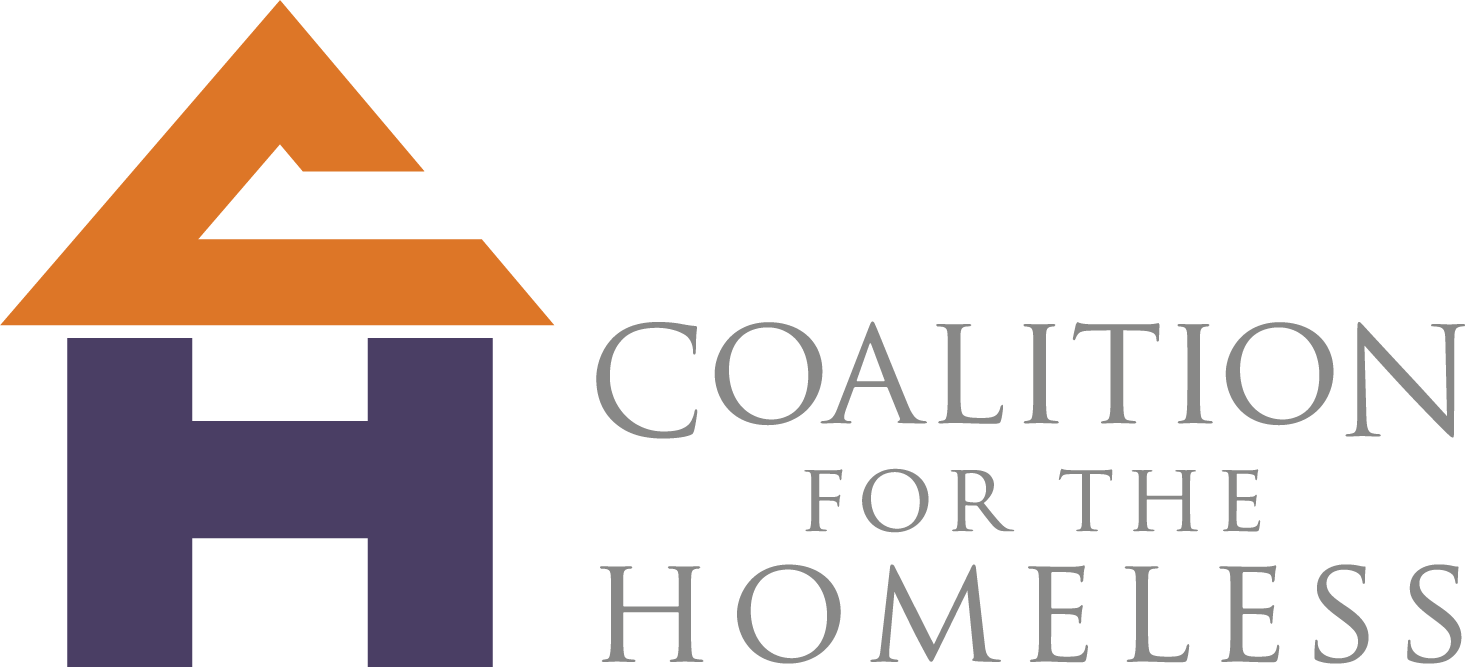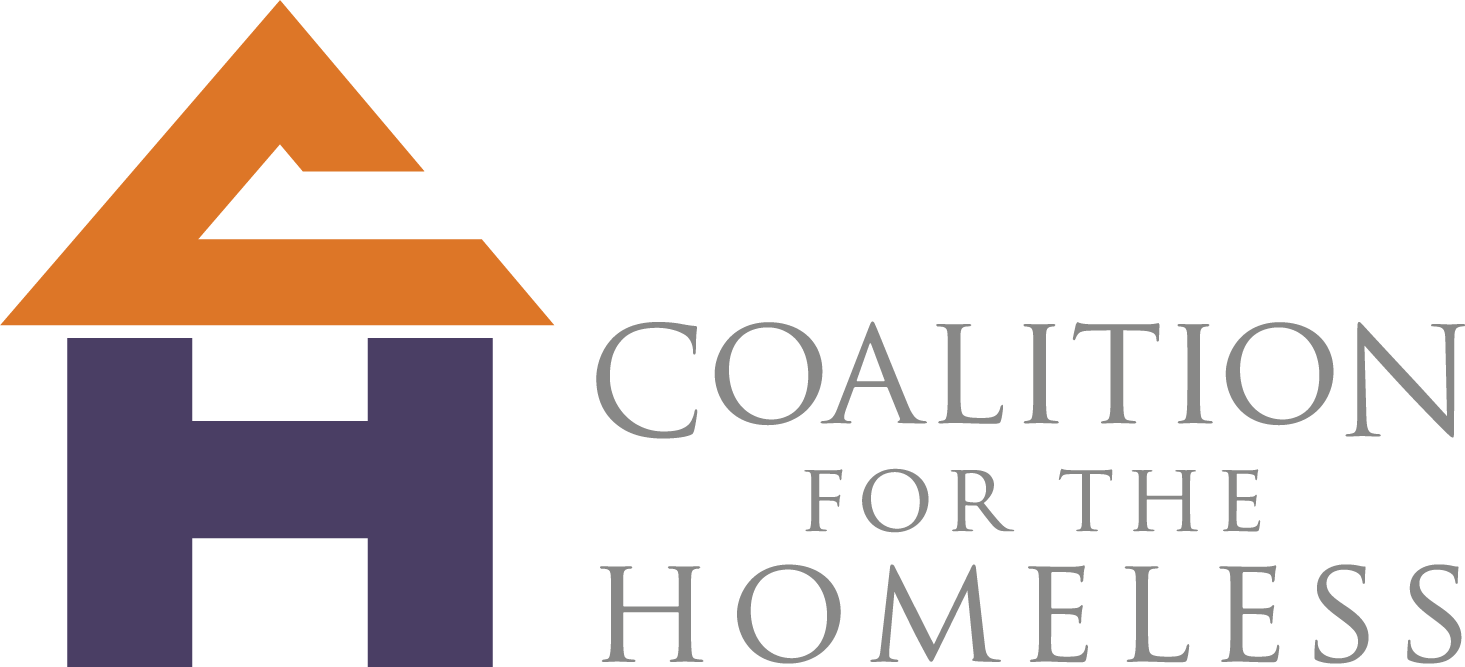How Are We Doing?
Homelessness 101
30,000+
people housed since 2012
90%
success rate for local housing programs
22,600
unique people seeking homeless assistance in 2022
$179M
in public funding for homeless solutions in FY2023 (coordinated by CFTH)
In 2022, more than 22,600 people in Harris, Fort Bend, and Montgomery counties accessed some type of homeless service, and when you include prevention and other services (like clothing or food assistance), the number jumps to more than 52,000 people. The 2023 Homeless Count & Survey shows that we can expect to see 3,270 people experiencing homelessness at any given moment in the Houston region.
Reports and Data
Below you can find access to a number of reports and other information concerning homelessness in Harris, Fort Bend, and Montgomery Counties from the past three years. Please access the
Archive link for historic data and research, including previous years’ Homeless Count reports.
If you would like to make a data request from the Coalition for the Homeless, please click here
to view the policy and process. Email hmis@homelesshouston.org
for more information and to request a copy of the HMIS Data Request form.
Annual Homeless Count & Survey Reports
School Data
This map includes data on homeless youth as reported by schools and school districts in Harris and Fort Bend Counties. Data includes youth who were identified as literally homeless by school/school district faculty (per the U.S. Department of Housing and Urban Development’s definition of homelessness, which includes staying in emergency shelters, and unsheltered on the street or other places not meant for human habitation), and youth who were identified by school/school district faculty as being unstably housed according to the US Department of Education’s broader definition of homelessness (which includes being doubled-up/couch surfing, and living in hotels/motels).
Data totals for all schools and school districts in Harris, Fort Bend, and Montgomery Counties for the 2017-2018 school year are:
Total Sheltered Students: 1,992
Total Unsheltered Students: 803
Total Literally Homeless Students: 2,795
Total Students Doubled Up: 21,354
Total Students Living in a Hotel/Motel: 2,893
Total Homeless (including per the Dept. of Education): 27,042
Each blue school house below represents a school or school district within Houston, Harris County and/or Fort Bend County. Click on each icon for specific data related to that school/district.
Click here to view the map.
Consumer Input Forum Reports
- April 2018 – Assessing service access and identifying needs for clients in Fort Bend and Montgomery Counties, Texas
- December 2017 – Homelessness Experiences as they relate to Hurricane Harvey
- April 2017 – Income Now, Group A
- April 2017 – Income Now, Group B
- July 2016 – Coordinated Access
Frequently Asked Questions
About CFTH
What is the Coalition for the Homeless of Houston/Harris County?
The Coalition for the Homeless of Houston/Harris County is a nonprofit organization whose mission is to act as a catalyst, uniting partners and maximizing resources to move people experiencing homelessness into permanent housing with supportive services. CFTH believes that we can create and sustain a community where homelessness is rare, brief, and non-recurring by creating strong public/private partnerships, driving collaboration among stakeholders, using data to guide our strategy, and educating the public on homelessness and its solutions. We provide leadership to direct service provider agencies that has transformed our community from managing homelessness to solving it.
How is CFTH working to prevent and end homelessness?
The best way to think about the work of CFTH is that we are the “conductor” of the local homeless response system “orchestra.” Just like an orchestra has musicians and instruments, our community has incredible organizations and critical programs, but CFTH plays a key role as the coordinator, the convener, and the long-term system planner. This includes the work of ensuring that the 100+ partners of The Way Home Continuum of Care (CoC) are working together and sharing ideas and information, as well as untangling and realigning multiple, complex funding streams to ensure that we end homelessness for individuals and families as quickly as possible.
What is Homeless Court?
Homeless Court, established in 2006, is a program coordinated by CFTH that enables defendants who are experiencing homelessness to resolve outstanding Class C misdemeanor offenses within the City of Houston’s Municipal Court System. Houston’s Homeless Court is a partnership among city courts, CFTH, and local homeless service providers which allows people experiencing homelessness to meet traditional sentence requirements (fines, public work service, etc.) through service program activities such as chemical dependency meetings, computer literacy classes, and job skills trainings. Referrals are initiated by homeless service provider staff and submitted to CFTH.
What is the annual Homeless Count & Survey?
Also known as The Point-in-Time (PIT) count, the Annual Homeless Count & Survey is a count of sheltered (residing in emergency shelter or transitional housing) or unsheltered (residing in a place not meant for human habitation) people experiencing homelessness on a single night in January. The U.S. Department of Housing & Urban Development (HUD) requires that Continuums of Care conduct the PIT on an annual basis. Each year the PIT is planned, coordinated, and carried out by CFTH.
How can I help people experiencing homelessness?
Homelessness remains a challenge in the Houston region, but CFTH believes that homelessness is solvable with the help of the entire community. The major ways you can help are by making a donation, educating yourself and advocating on behalf of our most vulnerable neighbors, and by volunteering.
About The Way Home
What is The Way Home?
The Way Home CoC is the collaborative effort underway to solve homelessness in Harris, Fort Bend, and Montgomery Counties. Comprised of more than 100 stakeholders from all sectors, The Way Home provides the governance and structure to implement nationally recognized housing programs and other services to ensure that homelessness in our community is rare, brief, and non-recurring.
What is the role of CFTH in The Way Home?
CFTH was chosen by its peer agencies to serve as lead agency to The Way Home. This means that CFTH performs federally required tasks such as submitting the annual collaborative application to HUD for CoC program funding, coordinating the annual Homeless Count & Survey, and more. CFTH prides itself on going above and beyond the required responsibilities to provide excellent services to The Way Home partners and broader community.
What is the Provider Input Forum?
Per federal CoC regulations, designated decision maker staff from The Way Home partner agencies are expected to be involved in discussions and recommendations made to the CoC Steering Committee (The Way Home’s governance body). The CoC Steering Committee approved the creation of quarterly Provider Input Forums where these discussions can take place. Designated decision makers are required to attend 3 of the 4 forums held each year to ensure their agency remains a member in good standing with The Way Home. Email csouthern@homelesshouston.org for more information.
What is the Consumer Input Forum?
CFTH holds multiple Consumer Input Forums each year where people who previously experienced or are currently experiencing homelessness can provide insight, feedback, and firsthand knowledge from their experiences with The Way Home’s homeless response system. Participants who attend can also learn more about updates and improvements to the local homeless response system. Information gathered at these forums are used to make recommendations to the CoC Steering Committee.
My organization provides services to people and families experiencing homelessness – how can I become a part of The Way Home?
The best way for organizations to get connected with The Way Home is by downloading and reviewing the new membership packet. Organizations can also sign up for the monthly CoC Connection e-newsletter and funding opportunity distribution list to stay up-to-date on changes and new opportunities within The Way Home.
About the Homeless Management Information System
What is the HMIS?
The Homeless Management Information System (HMIS) is a database specifically designed to capture client-level, system-wide information over time on the characteristics and services needs of men, women, and children experiencing homelessness. HMIS allows the aggregation of data across homeless service agencies to generate unduplicated counts and service patterns of clients served. HMIS also allows CFTH to monitor the performance of The Way Home CoC as a system. The Department of Housing and Urban Development’s (HUD) National Data and Technical Standards establish baseline standards for participation, data collection, privacy, and security. Implementation of HMIS is a requirement to receive HUD McKinney-Vento funding. CFTH is the HMIS administrator for The Way Home CoC.
Is my agency required to use HMIS?
All agencies receiving HUD McKinney-Vento funding for serving people experiencing homelessness are required to participate in the HMIS. Beginning in 2011, Emergency Solutions Grant (ESG) and Supportive Services for Veteran Families (SSVF) providers are also required to participate. Additionally, your agency may have to use the HMIS if you operate certain programs funded by the Veterans Administration, Health and Human Services, Substance Abuse and Mental Health Services Administration, or other government and/or private funders. Domestic violence providers are prohibited from entering client data into the HMIS because of the Violence Against Women Act (VAWA).
Can my agency still use HMIS even though it is not required?
Yes, the more information we have, the better! We would be very pleased to have your agency participate in the HMIS if you provide homelessness or related services. The information entered by direct service providers helps provide a more accurate picture of homelessness in Harris, Fort Bend, and Montgomery Counties. If your agency is interested in participating in the HMIS, please email hmis@homelesshouston.org.
What are the benefits of using HMIS?
Having access to the HMIS represents a strategic advantage for service providers. The HMIS software we use allows multi-level client data sharing between organizations, as well as client case coordination and electronic referrals to permanent housing. Our locally developed information sharing model can prevent service duplications and enable collaboration between various homeless service providers while limiting access to sensitive data. Client privacy is very important to us! In addition to the standard data collection and reporting functionalities, the HMIS software includes a comprehensive case management module, bed management, performance measurement tools, ad-hoc reporting capabilities, software customization options and more. Participation in the HMIS puts agencies at an advantage when applying for future funding opportunities as many funders – both national and local – require HMIS participation.
What HMIS software is currently used in Harris, Fort Bend, and Montgomery Counties?
The Way Home CoC currently uses a software called ClientTrack. Developed by ClientTrack, Inc. and now part of Eccovia Solutions, this software is compliant with the latest HMIS Data Standards as well as HIPAA privacy standards. For more information about ClientTrack, please visit their website.
What should I do if I experience a problem using HMIS or if I have general questions?
The preferred way to communicate with CFTH’s HMIS team is to send an IssueTrak ticket. IssueTrak is a help desk software application available to all active HMIS users. Any questions, requests, or other issues should be submitted through IssueTrak. Every ticket submitted is assigned a tracking number, allowing the HMIS team to effectively address each concern. For general questions about the HMIS, or if you have problems accessing IssueTrak, please send an email to hmis@homelesshouston.org.
Homelessness in Harris, Fort Bend, and Montgomery Counties
How many people are experiencing homelessness in the Houston area?
Information from the 2023 Homeless Count & Survey indicates that, at any single moment in time, we could expect to find 3,270 people experiencing literal homelessness in Harris, Fort Bend, and Montgomery County. 1,242 of those individuals were experiencing unsheltered homelessness on the night of the Count, and the remaining 2,028 people were staying in an emergency shelter on the night of the Count. It is important to note that due to the pandemic, previous years' counts are not comparable.
When we look at the annual number of people a homeless or related service, that number rises to 45,162. Click here to see more data and information resources.
What are the contributing factors to homelessness in the Houston region?
Factors contributing to homelessness in our area are generally the same as those in other parts of the US. An economic crisis, such as the loss of a job or bills becoming higher than someone’s earnings, is the cause of 50% of homelessness in the Houston region. Things like substance use disorder and serious mental illness combined are only responsible for about 19% of homelessness episodes.
How can someone experiencing homelessness get help?
Someone experiencing literal homelessness (living unsheltered or in an emergency shelter) should utilize the Street Guide for a list of programs that can connect people to permanent housing. People in need of less critical assistance can visit our digital Help Card to find services across multiple broad categories. Visit our Get Help section for more information.
How does the Houston region compare with the rest of Texas in terms of homelessness?
When looking at the annual homeless counts from other major cities in Texas from 2011 – 2019, Houston has had the most dramatic success in making significant reductions in homelessness. CFTH knows that permanent housing combined with supportive services is the key to solving homelessness. We work every day to drive collaboration and align funding so that homelessness becomes rare, brief, and non-recurring.
How is the Houston region doing compared to other major US cities in terms of solving homelessness?
Though we still have a lot of work to do, the Houston region has made great strides in addressing homelessness over the last few years. See below how we compare to other major urban areas of the US when looking at 2019 Homeless Count results:
- New York City, NY: 63,839 or 1 in every 135 residents
- Los Angeles (City & County), CA: 58,936 or 1 every in 172 residents
- Chicago, IL: 5,450* or 1 in every 500 residents
- Houston, TX: 3,938 or 1 in every 1,541 residents
*2018 data
Homelessness in the US
What does it mean to experience homelessness?
Everyone probably has some idea of what it means to experience homelessness; however, when it comes to the homeless response system, we go by literal homelessness which is when a person or family is sleeping in either:
- an emergency shelter, transitional housing, or hotel/motel paid for by a charitable organization or government agency; or
- an abandoned building, the street, or some other place not meant for human habitation.
How many people in Texas are experiencing homelessness?
According to the National Alliance to End Homelessness, there were 25,848 people experiencing homelessness in Texas on the night of the 2019 Homeless Count, meaning that about 9 out of every 10,000 Texans were experiencing homelessness (this is up from 7 out of every 10,000 persons in 2014, but down from every 12 out of 10,000 persons in 2013).
How many people in the US are experiencing homelessness?
According to the National Alliance to End Homelessness, a total of 567,715 people experienced homelessness in the US on the night of the 2019 Homeless Count.
All Rights Reserved |
Coalition for the Homeless of Houston/Harris County



